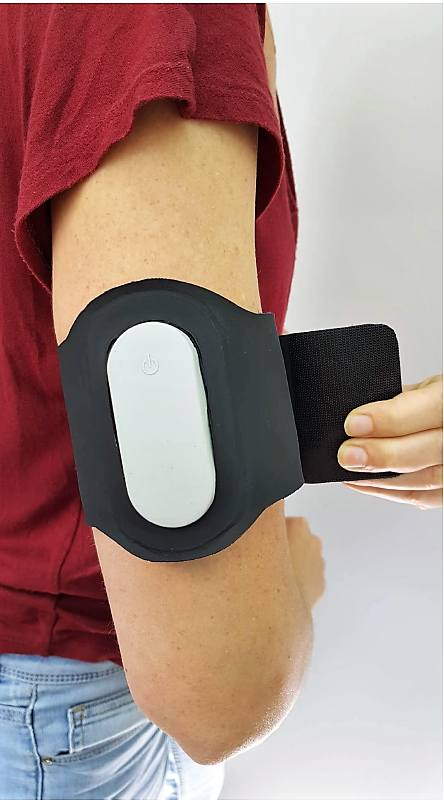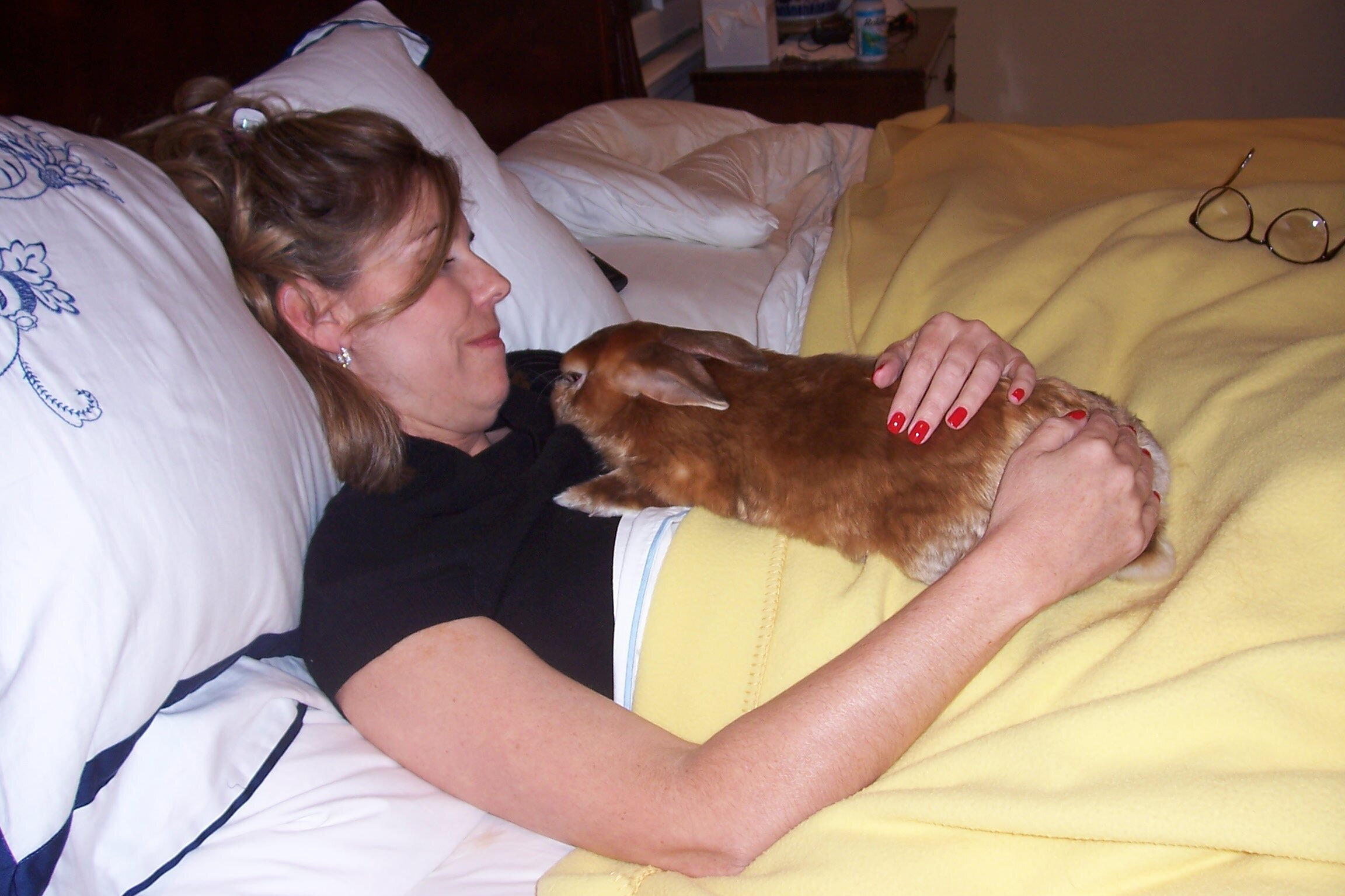Labeling
Then there is the error of labeling. For example, a frequently late spouse becomes “inconsiderate.” A forgetful teenager becomes “irresponsible.” In the act of labeling, especially negative labeling, you’re overlooking circumstances and someone’s good qualities, limiting your capacity to enjoy being with them.
Then there are the labels we have for ourselves: you knock something over and call yourself “clumsy.” If a lover breaks up with you, then you’re “unlovable.”
Rehashing these critical judgments in our minds turns them into deeply embedded stories. Such stories are much harder to move on from than single judgments. Once a judgment sets into a story, you tend to lose all perspective. Over time, faulty thinking can become your version of reality.
In my own experience, whenever I have an “ANT,” I become either angry or anxious (or both). I am also sometimes more reactive or impulsive. These emotions fuel negative thought and it becomes repetitive. As the thought keeps whirling around, it becomes stronger, along with my emotions. They quickly destroy my day and negatively affect my relationships.
I’ve heard this thought pattern described as a vicious cycle or whirlpool. These kinds of thoughts, or stories, can become recurrent and might last for years. They take on a life of their own even though they are often fairly outrageous.
Regardless of what sets these patterns of thinking off, they are a universal part of the human experience. This is true whether chronic pain is involved or not. With chronic pain you have the added frustration of the physical stimulus to keep these circuits really spinning.
Self-Perceived Flaws
To better understand the story concept, consider common situations where the brain focuses on a self-perceived flaw that is not physically painful. It might be your height, weight, the shape of your body, or even an individual body part. Or it might be some particular quality, such as a lack of intelligence, athletic skill, musical talent, etc.
Thinking about these flaws over and over snares you in a destructive cycle of spinning neural circuits. For example, many years ago I had a patient with neck pain who was absolutely convinced that he was “stupid.” His self-labeling wasn’t rational, as he was clearly a bright guy. I don’t know if his view of himself somehow triggered it, but he eventually developed a significant chronic burning sensation around his mouth.
Something similar often happens in the entertainment industry, where performers commonly focus only on their negative reviews. My wife, who is a tap dancer, has seen this in her profession for years. She pointed out to me that a performer might have 99 positive reviews but will fixate on the one that’s negative. It’s a common saying among entertainers that, “You’re only as good as your worst critic.”
ANT’s and Relationships
Another common phenomenon is focusing on a spouse or partner’s negative traits. The other person usually has innumerable positive qualities that are forgotten in the face of their “flaw.” Over time the “story” we tell ourselves can become so strong it can break apart an otherwise great relationship.
One particular event from my own life comes to mind. It shows how creating stories has the power to disrupt your peace of mind and detract from your enjoyment of life.
One day my wife and I were taking my father for a ride up to beautiful Point Reyes, located on the coast north of San Francisco. About 20 minutes into our trip I noticed that the car’s low-tire-pressure light had come on. It was a brand new car with only a thousand miles on it, so I thought it was probably just a malfunctioning light.
I wasn’t convinced that we’d made the correct decision to buy this car in the first place -- it was more expensive than I was comfortable with -- so I was more than a little frustrated that the warning light had a glitch.
I stopped to put a little air in the tire, just in case, and then kept driving for another 45 minutes. As we approached Point Reyes in the early afternoon, we realized that the tire was really low, so I pulled over to change it. But when I opened the trunk, there was no spare.
The story in my head was starting to ramp up as I wondered in frustration why a new car wouldn’t have a spare. I called the car company’s roadside assist line and they told me these new cars had “run-flat” tires that should be good for 150 miles at a maximum speed of 50 miles per hour.
I felt a little insecure about that concept. We were a long way from the last large town we’d passed and I thought that we should turn back. My wife thought that since my father rarely made it to California from the East, we should go out to dinner. So, we headed toward a restaurant. About three miles down the road the tire exploded.
It was now about four o’clock in the afternoon and we were miles and miles from anywhere. Our only option was to get towed courtesy of AAA. It was hard for me to accept the fact that I had to get my new car towed for a flat tire.
The tow truck driver showed up to take us to the service station and let the three of us ride in the cab, with my wife sitting on my lap. She started to complain about the bumpiness of the ride, which I found a little annoying. “I’m the one on the bottom, why are you complaining?” I thought.
She wanted to have dinner in San Rafael and take a taxi home. I started to grind my teeth to keep my mouth shut.
Magnifying the Problem
This is how the afternoon unfolded for me. Starting with the low tire, I’d made a decision to enjoy my time with my family in spite of the problem. I took note of my frustrations and concentrated on listening to the conversation and staying involved in the day. I was successful for a while -- until the tire blew up.
Then my anger began to bubble. I became aware that in spite of everything I’d learned about dealing with stress, I was greatly magnifying the problem with the ANT thoughts in my head. I was thinking things like, “I can’t believe I got talked into buying this car” and “My wife made me buy it.”
Although there might’ve been some truth in the things I was telling myself, I recognized that it wasn’t helping us get through the situation. Nonetheless, I wasn’t able to minimize my suffering through the stress relief techniques that had helped in the past, which was frustrating. I tried to talk myself out of it, but it didn’t work.
Then I began to go really dark with thoughts like, “How can I be married to this woman?” I began to notice how irrational and big these thoughts had become. It felt like a bomb had exploded. I was miserable way out of proportion to the situation.
I was guilty of multiple errors in thinking. They came in the form of labeling – “My wife is irresponsible”— and catastrophizing -- “Why did we get married?”
Through it all, I negated her many positive qualities. To cite one, she’s great at keeping things light, no matter what the problem. And unlike me, she was able to keep her cool throughout the day.
In the past, I would’ve remained in this agitated state of mind for days, with some carryover lasting for weeks. I wouldn’t have been able to separate my wife’s actions from my thoughts and realize that the problem wasn’t her, it was my reaction to the situation.
It was a major step for me to become aware of how out of proportion the stories in my head had become. This degree of awareness changed the game for me.
Eventually, we did get towed home. We went out to dinner. I still love my wife. And I learned yet another lesson in humility.
Dr. David Hanscom is a retired spinal surgeon. In his latest book -- “Do You Really Need Spine Surgery?” – Hanscom explains why most spine operations are unnecessary and usually the result of age-related conditions that can be addressed through physical therapy and other non-surgical methods.











